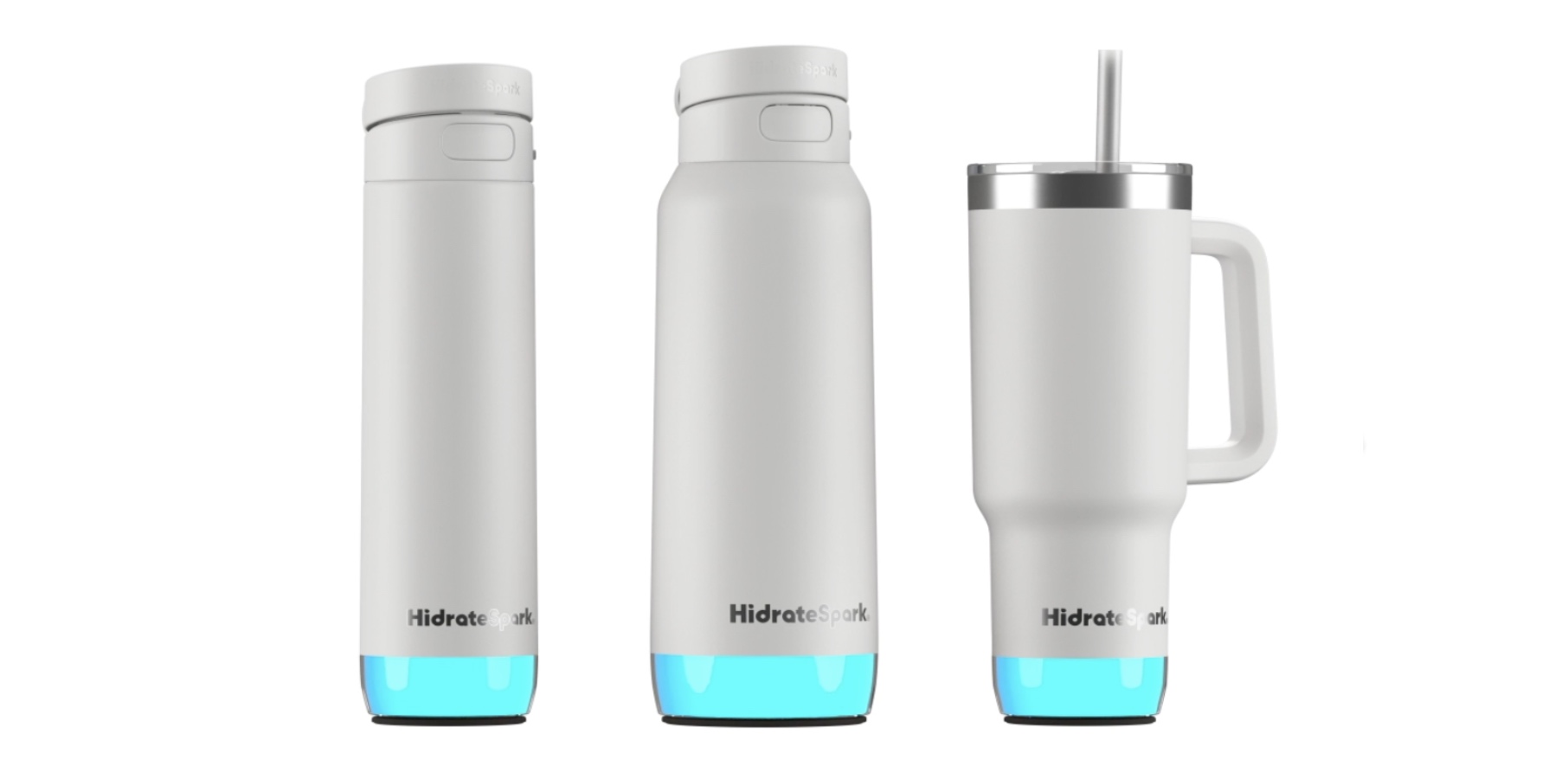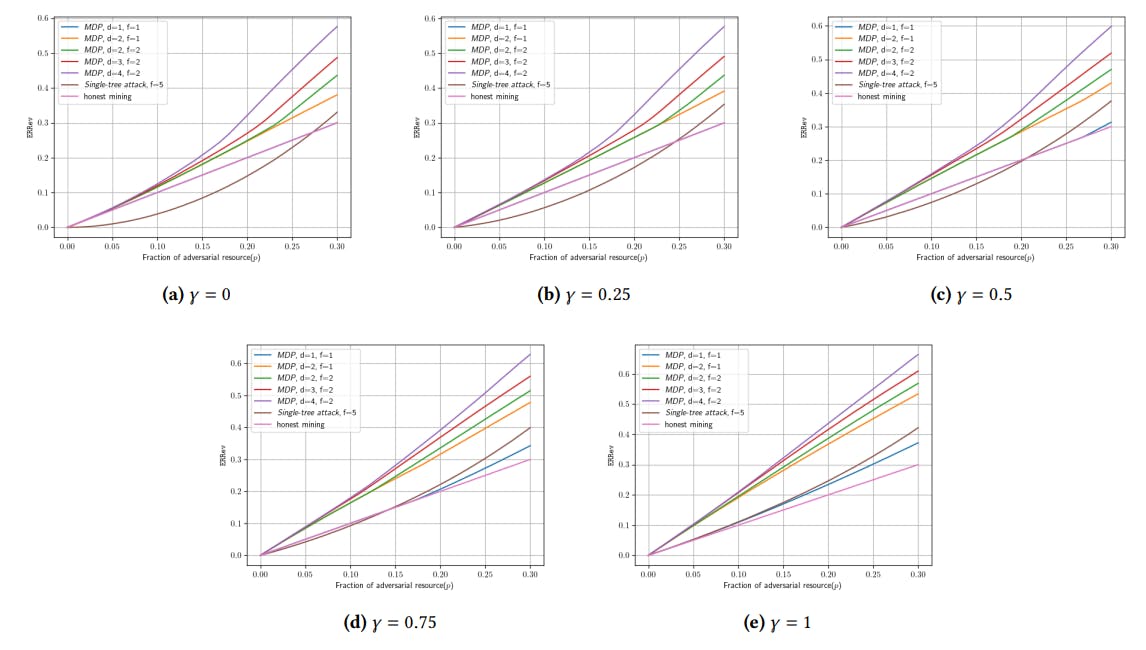Merged for the Mesa 25.2 release next quarter are some further enhancements to the Vulkan ray-tracing support with the RADV open-source driver for AMD’s new RDNA4 graphics cards.
Vulkan ray-tracing performance of RADV is one of the main areas left for improvement in relation to the official AMDVLK Vulkan driver and the Radeon Software for Windows driver stack — as well as in enhancing competition to the ray-tracing performance delivered by their hardware and Linux drivers. Thankfully we are now one step closer to more competitive ray-tracing with the Radeon RX 9070 series / RDNA4 hardware.
Merged to Mesa 25.2-devel is radv,vulkan: Optimize acceleration structure updates.
“Optimizes the src == dst case and rewrites the GFX12 path.”
The merge request message isn’t too helpful for end-users but this GFX12/RDNA4 optimization is better laid out via this commit:
“This patch changes the update code to launch 8 invocations for every internal node. The internal nodes update their child leaf nodes using the geometry index and primitive index stored inside the primitive node.
Processing 8 child nodes in parallel is faster than looping over them. Moving to one dispatch that updates all nodes in one go lets us get rid of atomics and will also enable updatable BVHs to use pair compression.
Improves Elden Ring (high settings, max RT settings, 1080p) by around 10%.”
A 10% improvement is pretty nice on top of all the other RADV enhancements that have been merged since the RDNA4 launch and continue to see further optimizations.
I’ll be working on a fresh look at the AMD Radeon RX 9070 series Linux performance soon.








